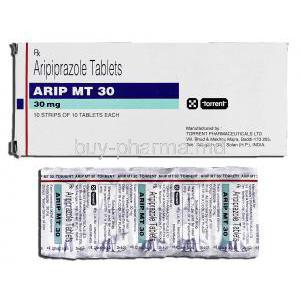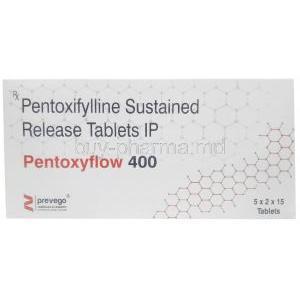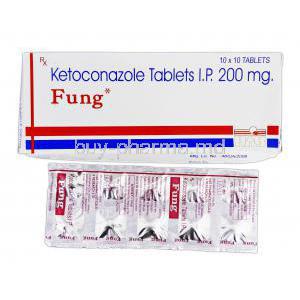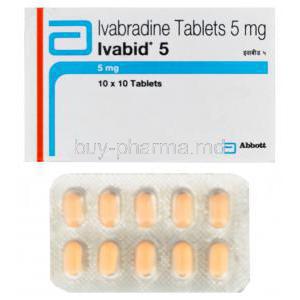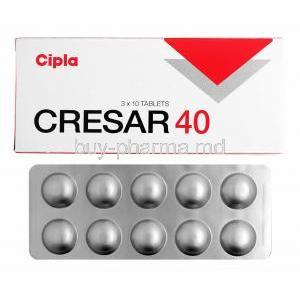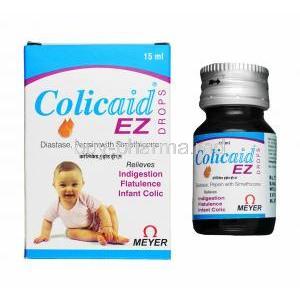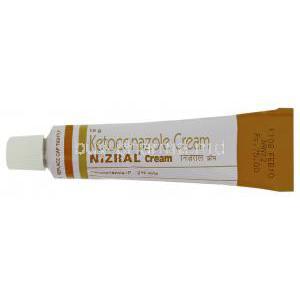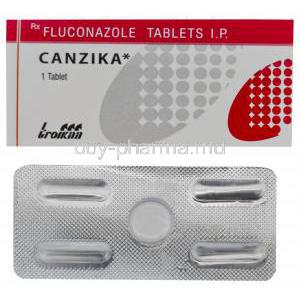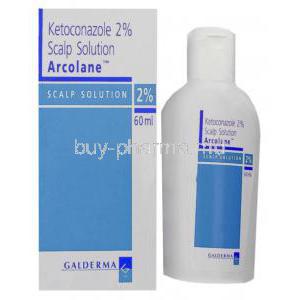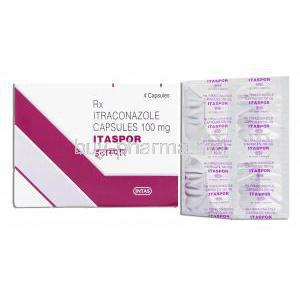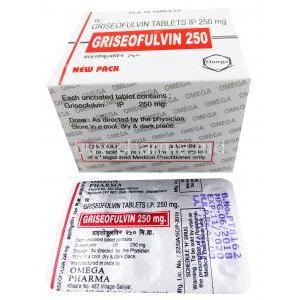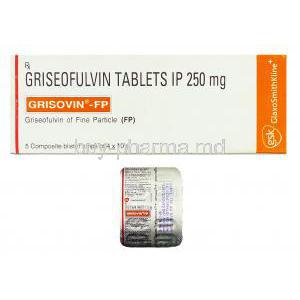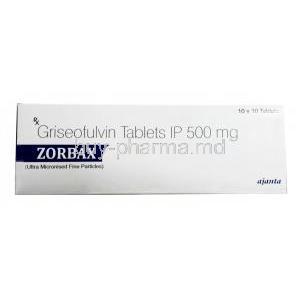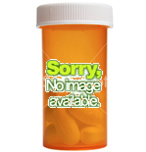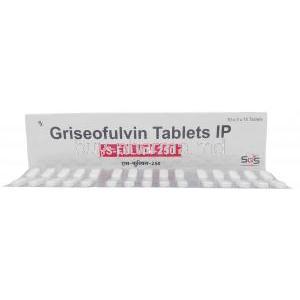1. Introduction to Daktarin Gel
Overview of Daktarin Gel: Antifungal Oral Treatment
Daktarin Gel is a topical antifungal formulation specifically designed to treat fungal infections within the oral cavity. Its unique gel-based consistency ensures that the active ingredient remains in prolonged contact with the affected areas, offering targeted and sustained relief.
Classification: Imidazole Antifungal Agent
Daktarin Gel contains miconazole, a broad-spectrum imidazole antifungal agent. This class of compounds interferes with essential components of fungal cell membranes, ultimately eliminating the infection.
Indications in Clinical and Dental Settings
Widely prescribed in both clinical and dental practices, Daktarin Gel is indicated for the treatment of oral thrush, denture stomatitis, and fungal infections in immunocompromised individuals. It is also frequently used following antibiotic therapy to prevent secondary fungal overgrowth.
Availability and Brand Variations Across Regions
Daktarin Gel is marketed under various brand names globally, including Daktarin Oral Gel and Micogel. Availability may differ by country, with formulations tailored to regional pharmaceutical standards.
2. Medical Uses of Daktarin Gel
2.1 Approved Therapeutic Uses
- Oral Candidiasis (Oral Thrush): Daktarin Gel is the first-line treatment for oral thrush caused by Candida albicans, providing direct antifungal action to infected mucosa.
- Fungal Infections in the Oropharyngeal Region: The gel treats a wide range of localized fungal infections, including those on the palate, gums, and pharynx.
- Secondary Infections Linked to Dentures: Denture wearers benefit from the gel’s ability to reduce fungal colonization on oral appliances.
2.2 Off-Label and Investigational Uses
- Angular Cheilitis: Effective when applied topically to the corners of the mouth, especially in cases involving fungal etiology.
- Adjunct in Fungal Esophagitis: Though not absorbed systemically, it is occasionally used alongside systemic antifungals for mild esophageal involvement.
- Prophylaxis in Immunocompromised Patients: Used to prevent fungal overgrowth in patients undergoing chemotherapy or immunosuppressive therapy.
- Neonatal Fungal Infections: With caution, the gel is sometimes applied locally in neonates under medical supervision.
3. How Daktarin Gel Works (Mechanism of Action)
- Ergosterol Synthesis Inhibition: Miconazole inhibits 14-α demethylase, blocking ergosterol formation—an essential component of fungal membranes.
- Disruption of Cell Membrane Integrity: Loss of ergosterol causes permeability changes, leading to fungal cell lysis and death.
- Broad Antifungal Spectrum: Active against Candida species, Aspergillus, and certain dermatophytes, making it useful in mixed infections.
- Prolonged Oral Retention: The adhesive gel formulation ensures lasting contact with infected tissue, enhancing efficacy.
4. Dosage and Administration Guidelines
4.1 Standard Dosage for Adults
- Oral Thrush and Denture Stomatitis: Apply 2.5 mL of gel (half a 5 mL measuring spoon) four times daily after meals.
- Application Instructions: The gel should be held in the mouth as long as possible before swallowing. Dentures should be removed at night and coated with gel before reinsertion.
4.2 Pediatric Dosing Considerations
- Infants 4–24 Months: Apply 1.25 mL of gel four times daily. Rub gently onto affected areas with clean fingers.
- Choking Risk: Not recommended for infants under 4–6 months or those with an immature swallowing reflex due to aspiration hazard.
4.3 Special Situations
- Hepatic Impairment: Use with caution as systemic absorption may be increased in mucosal damage or prolonged use.
- Swallowing Difficulties: Consider dividing doses or applying in smaller increments to reduce aspiration risk.
5. Composition and Formulation Details
- Active Ingredient: Miconazole nitrate at 20 mg per gram of gel.
- Excipients: Include ethanol, polysorbate 20, sodium saccharin, orange flavor, and glycerol.
- Formulation: Thick, orange-flavored gel packaged in aluminum or plastic tubes, typically 15 g or 40 g sizes.
6. Storage and Stability Information
- Temperature: Store below 25°C (77°F). Avoid freezing.
- Shelf Life: Refer to the expiration date on packaging. Do not use beyond expiry.
- Post-Opening Care: Ensure tube cap is tightly closed to avoid contamination and degradation.
7. Drug Interactions and Compatibility
- Warfarin: Miconazole may potentiate the anticoagulant effect of warfarin, requiring INR monitoring.
- CYP450 Inhibition: Miconazole inhibits CYP3A4 and CYP2C9 enzymes, increasing plasma levels of co-administered drugs.
- Phenytoin and Sulfonylureas: Monitor for enhanced effects or toxicity when used concurrently.
- Combined Antifungal Therapy: Use cautiously with other antifungal agents to avoid additive toxicity.
8. Warnings and Precautionary Measures
- Systemic Absorption: More likely in patients with extensive mucosal damage or long-term use.
- Hypersensitivity: Discontinue use immediately if rash, pruritus, or swelling occurs.
- Swallowing Large Quantities: Avoid ingestion of excessive amounts due to potential systemic exposure.
- Denture Care: Clean dentures thoroughly and apply gel directly to contact surfaces to prevent reinfection.
9. Contraindications for Use
- Allergy to Miconazole: Contraindicated in patients with known hypersensitivity to imidazole derivatives.
- Infants Under 4–6 Months: Not recommended due to risk of choking and insufficient swallowing reflex.
- CYP3A4-Dependent Medications: Avoid concurrent use with drugs like simvastatin or certain benzodiazepines due to serious interaction risk.
10. Special Considerations for Careful Administration
- Long-Term Use Monitoring: Assess liver function and oral mucosa regularly if treatment exceeds several weeks.
- Complete Treatment Adherence: Finish the prescribed course even if symptoms resolve early to prevent relapse.
- Discontinuation Risks: Premature cessation may lead to incomplete fungal eradication and recurrence.
- Patient Assistance: Caregivers should be instructed on proper application, especially in elderly or pediatric populations.
11. Important Precautions Before and During Use
- Signs of Adverse Reaction Requiring Medical Attention: Patients should be vigilant for symptoms such as persistent itching, swelling of the lips or tongue, skin rashes, or difficulty breathing. These may signal a hypersensitivity reaction and require immediate medical evaluation.
- Importance of Oral Hygiene in Treatment Effectiveness: Maintaining good oral hygiene is crucial during treatment. Regular brushing, flossing, and rinsing help reduce fungal load and prevent reinfection, enhancing the efficacy of Daktarin Gel.
- Prevention of Cross-Contamination: To avoid spreading fungal spores, users should not share their gel tube or applicator. Hands must be washed thoroughly before and after applying the medication.
- Guidance for Patients Wearing Removable Dental Appliances: Denture wearers should remove their appliances at night and clean them meticulously. Applying a small amount of gel directly to the inner surface of the dentures can help prevent reinfection and improve treatment outcomes.
12. Use in Special Populations
12.1 Administration to Elderly Patients
- Safety Profile and Common Concerns in Geriatric Use: Daktarin Gel is generally well-tolerated in older adults. However, age-related physiological changes may increase the risk of systemic absorption or side effects.
- Risk of Polypharmacy and Interaction Monitoring: Elderly patients often take multiple medications. Close monitoring is advised to detect potential drug interactions, especially with anticoagulants and other CYP450 substrates.
12.2 Use During Pregnancy and Lactation
- Category Assessment for Pregnancy Risk: Miconazole is classified as a Category C drug. While animal studies have shown some risk, adequate studies in humans are lacking. Use during pregnancy should be based on risk-benefit evaluation by a healthcare provider.
- Clinical Data on Fetal and Neonatal Exposure: Limited clinical data suggest minimal systemic absorption with topical application. No significant teratogenic effects have been reported when used as directed.
- Breastfeeding Considerations and Alternative Options: It is generally safe to use during breastfeeding if applied with caution. Nursing mothers should avoid applying the gel to the breast area. Alternatives may be considered if the infant is preterm or has medical complexities.
12.3 Pediatric Use and Safety
- Age Limitations and Warnings for Infants: Daktarin Gel is contraindicated in infants younger than 4–6 months due to the risk of choking and immature swallowing reflexes.
- Risk of Aspiration in Neonates: Application in neonates may lead to aspiration if not administered cautiously. Medical supervision is advised in very young children.
- Safe Administration Techniques for Children: For children over 6 months, a small quantity should be rubbed gently onto the affected mucosa using a clean finger or applicator. Caregivers must be instructed in proper dosing to avoid overuse.
13. Side Effects of Daktarin Gel
13.1 Common Side Effects
- Nausea, Vomiting, and Diarrhea: Mild gastrointestinal symptoms may occur, especially if larger amounts are swallowed unintentionally.
- Altered Taste Sensation: Some patients report a temporary metallic or bitter taste after application.
- Mild Gastrointestinal Discomfort: Bloating or abdominal cramping may occur but typically resolves without intervention.
13.2 Less Common and Serious Adverse Reactions
- Allergic Reactions: Urticaria, angioedema, and anaphylaxis are rare but serious. Discontinue use immediately if symptoms occur.
- Hepatotoxicity: Very rare cases of liver enzyme elevation have been documented, primarily with prolonged or high-dose use.
- Superinfection Due to Prolonged Use: Long-term application may disrupt the natural flora, potentially leading to resistant fungal or bacterial overgrowth.
14. Overdose and Emergency Management
- Symptoms of Oral Miconazole Overdose: Ingesting large quantities of Daktarin Gel may cause nausea, vomiting, abdominal pain, and diarrhea. Systemic toxicity is rare but possible.
- Management of Accidental Ingestion in Children: Immediate medical consultation is advised. Activated charcoal may be administered in clinical settings to limit absorption.
- Emergency Measures and Supportive Care: Supportive care includes fluid replacement, symptom management, and observation for potential complications. Dialysis is not effective due to poor systemic absorption of the drug.
15. Handling and Disposal Precautions
- Hygienic Application Practices: Always wash hands before and after use. Avoid direct contact of the gel tube with the mouth to prevent contamination.
- Cleaning Applicators or Spoons After Each Use: If a reusable applicator or measuring spoon is used, it should be washed thoroughly with warm soapy water and dried before storage.
- Safe Disposal of Expired or Unused Gel: Do not flush medications down the toilet or pour into drains. Expired gel should be disposed of following local pharmaceutical waste guidelines to prevent environmental contamination.
Daktarin Gel FAQ
- What is Daktarin gel used for?
- Is Daktarin good for singaw?
- How many times should I apply Daktarin?
- Is Daktarin good for your skin?
- Can I swallow Daktarin gel?
- What happens if I use too much Daktarin?
- Can I buy Daktarin over the counter?
- Does Daktarin have side effects?
- Is Daktarin good for pimples?
- Is Daktarin gel effective?
- Is Daktarin an antibiotic?
- Can you put Daktarin on your private parts?
- Is Daktarin gel good for mouth ulcers?
- Does Daktarin stop itching?
- Who should not use Daktarin?
- Can I use Daktarin on my face?
- How many days can I use Daktarin?
What is Daktarin gel used for?
When someone has mouth and throat infections, like thrush, they can use Daktarin Oral Gel, which contains miconazole. Miconazole is effective against infections including yeast infections.
Is Daktarin good for singaw?
Yes
How many times should I apply Daktarin?
Twice daily
Is Daktarin good for your skin?
The product contains miconazole nitrate as its active ingredient and functions by eliminating the fungus that causes the infection while also calming the affected skin or nail area.
Can I swallow Daktarin gel?
No
What happens if I use too much Daktarin?
Burning sensation, redness, or swelling.
Can I buy Daktarin over the counter?
Yes
Does Daktarin have side effects?
Rash, redness, swelling, itching or a burning sensation
Is Daktarin good for pimples?
No
Is Daktarin gel effective?
Yes
Is Daktarin an antibiotic?
No. It's an antifungal.
Can you put Daktarin on your private parts?
Yes
Is Daktarin gel good for mouth ulcers?
No
Does Daktarin stop itching?
Yes
Who should not use Daktarin?
If you have an allergy to miconazole or any of the components listed in section 6 of this medication or to antifungal treatments, please avoid using this medicine if any of these conditions apply to you.
Can I use Daktarin on my face?
No
How many days can I use Daktarin?
2-4 weeks

